The Best of National Geographic
In this week's Back Issues, an ode to an iconic magazine
Welcome back to Culture Club, a feature where David and I write about what we’ve been reading, watching, playing, and listening to, for paid subscribers. Please enjoy this free preview, and consider upgrading to support two struggling journalists at once! — Talia
In 1996, at a boot sale in St. Andrew’s, Scotland, I made one of the most consequential purchases of my life: several boxes filled with back issues of National Geographic. I’d been reading the magazine for as long as I could remember, but I trace my addiction back to this treasure trove—and then in the University library’s complete collection of back issues. The seeds of wanderlust duly planted, I spent the summer after college working at the Explorer’s Club in New York, followed by a year in Nepal and Bolivia. I’ve been a dedicated reader ever since.
So it was mildly disappointing to learn that the National Geographic Society would stop selling the magazine on newsstands. If there’s any publication that deserves to be declared a national resource—and if there’s one I would encourage readers to subscribe to—it’s National Geographic. That’s not only because subscribers will continue to receive its monthly issues, but because it has a fantastically rich archive. And if you’ve been reading this newsletter, you know that I’m obsessed with magazine archives.
So this week I wanted to share a small taste of what the National Geographic archive has to offer. These are articles I first stumbled across while obsessing over my hoard of back issues in college, or doing research at the Explorers Club, or—more recently—getting lost in the digital archives. I’ve included early accounts of expeditions to Machu Picchu and Petra, cultural portraits of Timbuktu, Edinburgh, and Kathmandu, and glimpses into magical corners of the world I didn’t know existed until discovering them behind the magazine’s yellow-bordered cover. Maybe you’ll be tempted to subscribe yourself.
The Rock City of Petra
By Franklin E. Hoskins
May 1907
The highlands east of the Jordan River are strewn with ruins marking the rise and fall of successive civilizations—Semitic, Greek, Roman, Christian, Mohammedan, and Crusader. These ruins have been preserved for the modern explorer by the tides of nomadic life, which have swept up from the Arabian desert; but at the southern end of this no-man’s land, deep in the mountains of Edom, lies one of the most enchanting spots upon this earth—the Rock City of Petra. Its story carries us back to the dawn of human history. When Esau parted in anger from Jacob he went into Edom, then called Mount Seir, and after dispossessing the Horites became the progenitor of the Edomites, who remained the enemies of the children of Israel for a thousand years. These Edomites had princes, or kings, ruling in the Rock City while the children of Israel were still in Egyption bondage. Some of the darkest malediction of the Old Testament prophets are those aimed at Edom.
The City of Machu Picchu: Cradle of the Inca Empire
By Hiram Bingham
April, 1913
Apart from another hut in the vicinity and a few stone-faced terraces, there seemed to be little in the way of ruins, and I began to think that my time had been wasted. However, the view was magnificent, the water was delicious, and the shade of the hut most agreeable. So we rested a while and then went on to the top of the ridge. On all sides of us rose the magnificent peaks of the Urubamba Cañon, while 2,000 feet below us the rushing waters of the noisy river, making a great turn, defended three sides of the ridge, on top of which we were hunting for ruins. On the west side of the ridge the three Indian families who had chosen this eagle’s nest for their home had built a little path, part of which consisted of crude ladders of vines and tree trunks tied to the face of the precipice.
Presently we found ourselves in the midst of a tropical forest, beneath the shade of whose trees we could make out a maze of ancient walls, the ruins of buildings made of blocks of granite, some of which were beautifully fitted together in the most refined style of Inca architecture. A few rods farther along we came to a little open space, on which were two splendid temples or palaces. The superior character of the stone work, the presence of these splendid edifices, and of what appeared to be an unusually large number of finely constructed stone dwellings, led me to believe that Machu Picchu might prove to be the largest and most important ruin discovered in South America since the days of the Spanish conquest.
The Cone Dwellers of Asia Minor
J.R. Sitlington Sterrett
April, 1919
It is a curious paradox in the history of human migrations and human development that in that very land which historians and geographers characterize as “the cradle of civilization” there is to be found today a people whose mode of living is, in one of its basic principles, more primitive than that of the most benighted tribes of Africa or the South Pacific, remote from the warming and enlightening influence of modern thought and progress.
Residing within a stone’s throw, metaphorically speaking, of the wonderful civilization which flourished on the banks of the Nile 6,000 years ago; of the mighty kingdoms of Assyria and Babylonia which arose in the valleys of the Euphrates and the Tigris, their power and splendor dazzling the world 2,000 years before the Christian era; and at the very threshold of ancient Greece with its unrivaled culture and political advancement, the Troglodytes of Cappadocia still retain toward their fellow man an attitude of mind akin to that which obtained in the Stone Age, when there was no such thing as human society but every man was his own law and the mortal enemy of his neighbor.
Timbuktu and Beyond
Laura C. Boulton
May, 1941
About 800 miles inland from the nearest coast, as far as Chicago is from Boston, Timbuktu thrives as a busy crossroads of the vast commerce that moves through inland Africa.
With all its fascination, however, Timbuktu to me was only the beginning of several months of adventures.
Our expedition traveled 8,000 miles, visiting the hot, dry Sahara and the dank, wooded Cameroons with almost the highest waterfalls on earth. We studied the highly developed kingdoms of the Sudanese peoples and the simpler life of the small Cameroon Bantu tribes; we worked among the huts of the cliff dwellers of Sangha and in the spacious palace of the black king of Benin.
The World in New York City
Peter T. White
July, 1964
The city lost 110,00 residents from 1950-1960, but today’s 8,100,000 New Yorkers outnumber the citizenry of Colorado, Wyoming, Montana, Idaho, New Mexico, Arizona, Utah and Nevada together.
America’s premier city is the greatest hub of communications and transportation and the mightiest seat of commerce and finance on the globe. It is also the world’s busiest center of manufacturing; the 1960 census lists Brooklyn alone as home to more factory workers than Pittsburgh and Detroit combined. To support its myriad enterprises, New York has the world’s densest concentration of telephones and secretaries, of salesmen and psychiatrists. Its 60 major bridges, for automobile tunnels, and two dozen ferryboats link a monumental complex of parkways and expressways.
Edinburgh: Capital in Search of a Country
By James Cerruti
August, 1976
The age-old martial spirit of the Scots is embodied in the Old Town’s dramatic setting. Edinburgh is dominated by its castle, which was begun, tradition holds, in the seventh century by King Edwin of Northumberland (regrettably, an Angle). It sits massively on a towering crag, 443 feet high, like a stage set from Macbeth.
From the royal castle, the Royal Mile tails down to the 16th-century royal Palace of Holyroodhouse. The tall buildings along the Mile, called “lands,” were built 10 to 14 stories high more than 300 years ago. “Ye see, we had skyscrapers when yer New York wa’ jus’ a village,” Bill Clark said.
Long before the lands or castle were built, Gaels lived on the crag and the slope behind it. The site is a crag-and-tail formation, carved by a glacier that butted against the dead volcanic plug that is Castle Rock. Edinburgh’s largest volcanic peak, extinct Arthur’s Seat, stands at the other end of the Mile, looming 823 feet above Holyroodhouse. The Gaels called their settlement Dunedin, the “fortress on the slope,” but they’re Anglian conquerors, playing on “edin” and “Edwin,” renamed it Edwinesburg in honor of their king.
The Temples of Angkor: Ancient Glories in Stone
Peter T. White
May, 1982
In the time of the Roman Empire, when trade between India and the Mediterranean reached a peak, Indian merchants seeking more gold and gems, sandalwood, spices, and drugs sent ships to Southeast Asia and established themselves in trading settlements. Over the centuries these peaceful traders were assimilated by the Khmer, who thus acquired Sanskrit writing and the astronomy, mathematics, technology, and religions of India, blending these with elements of their earlier culture.
And so it is that the Khmer, in a sense, owe their existence as a nation to India, as the French do to the Roman occupation, and that the builders of Angkor, steeped in Hindu cosmology, dedicated their temples to Siva, Brahma, and Vishnu.
In the Kulen Hills they carved a riverbed with thousands of lingas, phallic symbols of Siva’s creative power, to sanctify the waters that irrigate the Angkor plain. The temples — Phnom Bakheng, Baphuon, Angkor Wat—model the universe: An enclosing quadrangle delineates the earth bounded by mountain chains with limitless oceans beyond. In the center rises Mount Meru, the celestial abode of the gods, who like all else are subject to interminable cycles of destruction and creation.
At the Crossroads of Kathmandu
Douglas H. Chadwick
July, 1987
It’s a fine time for tourists in search of new scenes, this October fortnight called Dasain. But it’s a risky time to be a duck — or a chicken, or a young male goat or water buffalo. All Nepal is commemorating the victory of its protectress over the force of evil. She is mother goddess Durga, fierce Kali, mysterious Taleju—and she will have sacrifice. So the ducks shift uneasily in wicker cages as sparks fall on their backs from knives being honed. The altars already glisten with offerings of vermilion-powder and flowers. The buffalo is stretched at the post. Sweets are stuffed into the mouths of fanged idols. Children fill the sky with kites while the hawk-like scavengers known as kites soar between them. Rumors make the rounds that human sacrifice, practiced until a century ago, still occurs in some secret chamber. The goat’s throat is bared. Astrologers announce that the time is at hand ....
Honey Hunters of Nepal
By Eric Valli and Diane Summers
November, 1988
Kathmandu is a four-day walk and bus trip from Mani Lal’s village. The honey hunter has not visited Nepal’s capital for 15 years. City life doesn’t appeal to him. “We are people of the jungle,” he explains. “When we hunt, our bed is made of leaves, our shelter is our cape, our food is the fruit of the forest. We are happy if we have money but just as happy if we don’t.”
Yet not everyone in the valley shares Mani Lal’s attitude. A younger generation has grown up with a greater appetite for contact with the outside world. To them, Mani Lal’s skills hold no interest.
“I’m old. My eyes no longer see well,” he says. “Now that I know everything about how to cut the honey, I want to pass my teachings on to my sons. But none wants to be a hunter. They prefer to stay in the village.”
Thus Mani Lal has decided that the next season will be his last. And with him the timeless quest will end, for he has no successor.
Irian Jaya: Indonesia’s Wild Side
By Thomas O’Neill
February, 1996
Irian Jaya, occupying the Indonesian half of New Guinea, is one of the wildest, most isolated frontiers on earth. It was on this airstrip, cleared by missionaries from Europe, that the Yali in the early 1960s feasted on prisoners they had taken in a raid on a neighboring people. A decade later another highland tribe killed and ate a mission preacher and a dozen of his assistants, all deemed guilty of stealing land or taking liberties with local women.
Cannibalism, once practiced by many New Guinea tribes, is now officially taboo in Irian Jaya. Traditionally it was tied to a tribal justice system — punishment for theft or murder — or served as revenge against an enemy, whose powers were absorbed when the body was eaten. Now tribal warfare is outlawed as well. These are only two of the momentous changes that the Indonesian government has introduced in its forceful quest to modernize its most undeveloped province. The challenge is daunting: How does one make Indonesians out of people emerging only now from the Stone Age?
Xinjiang
By Thomas B. Allen
March, 1996
Although there had been talk in the early 1900s of a Uygur-led separatist movement that would make Xinjiang an independent nation named Eastern Turkistan, republics arising in parts of Xinjiang in the 1930s and ‘40s were short-lived. China strengthened its control in the ‘70s and was rarely challenged until the ‘80s, when hundreds died in what China called “racial incidents” in Kashgar (Kashi in Chinese), Xinjiang’s Islamic citadel, and Aksu, northeast of Kashgar. In 1990 about 50 Uygurs and Kyrgyz were killed in what China labeled a “counter-revolutionary rebellion.” Bombs allegedly set by separatists exploded in Urumqi in 1992 and in Kashgar in 1993. Muslims rioted in Hotan in 1995, when Chinese authorities removed a popular Islamic imam suspected of fomenting dissent.
The Chinese in Xinjiang are known by their old name, the Han. The rest of the population consists of national minorities: the Uygurs and other Turkic-speaking Muslim groups — the nomadic Kazakhs and the more settled Kyrgyz. There are Mongols, who trace their lineage to Genghis Khan; Islamic Tajiks, who speak a Persian language; and the Xibe, Manchu-speaking descendants of warriors dispatched here from northeast China 200 years ago. Even some Han Chinese, because they are Muslims, are considered a distinct nationality, the Hui.





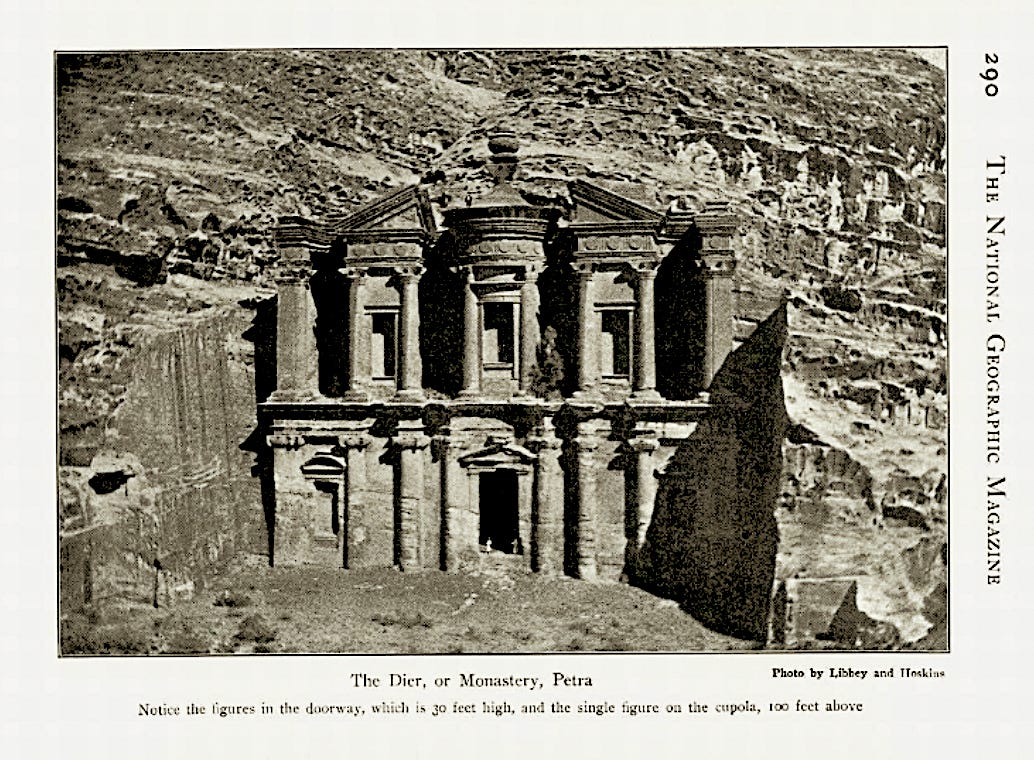
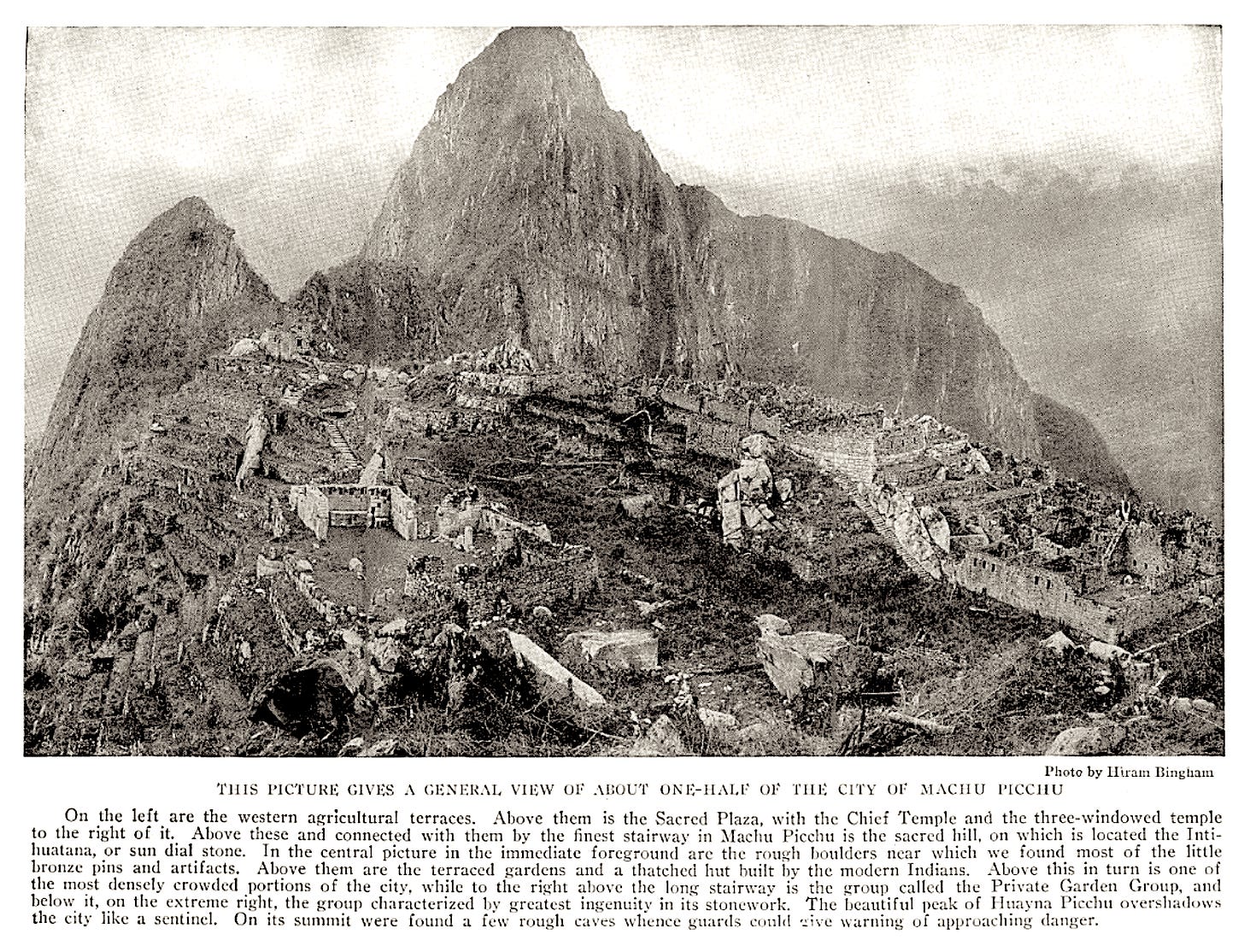
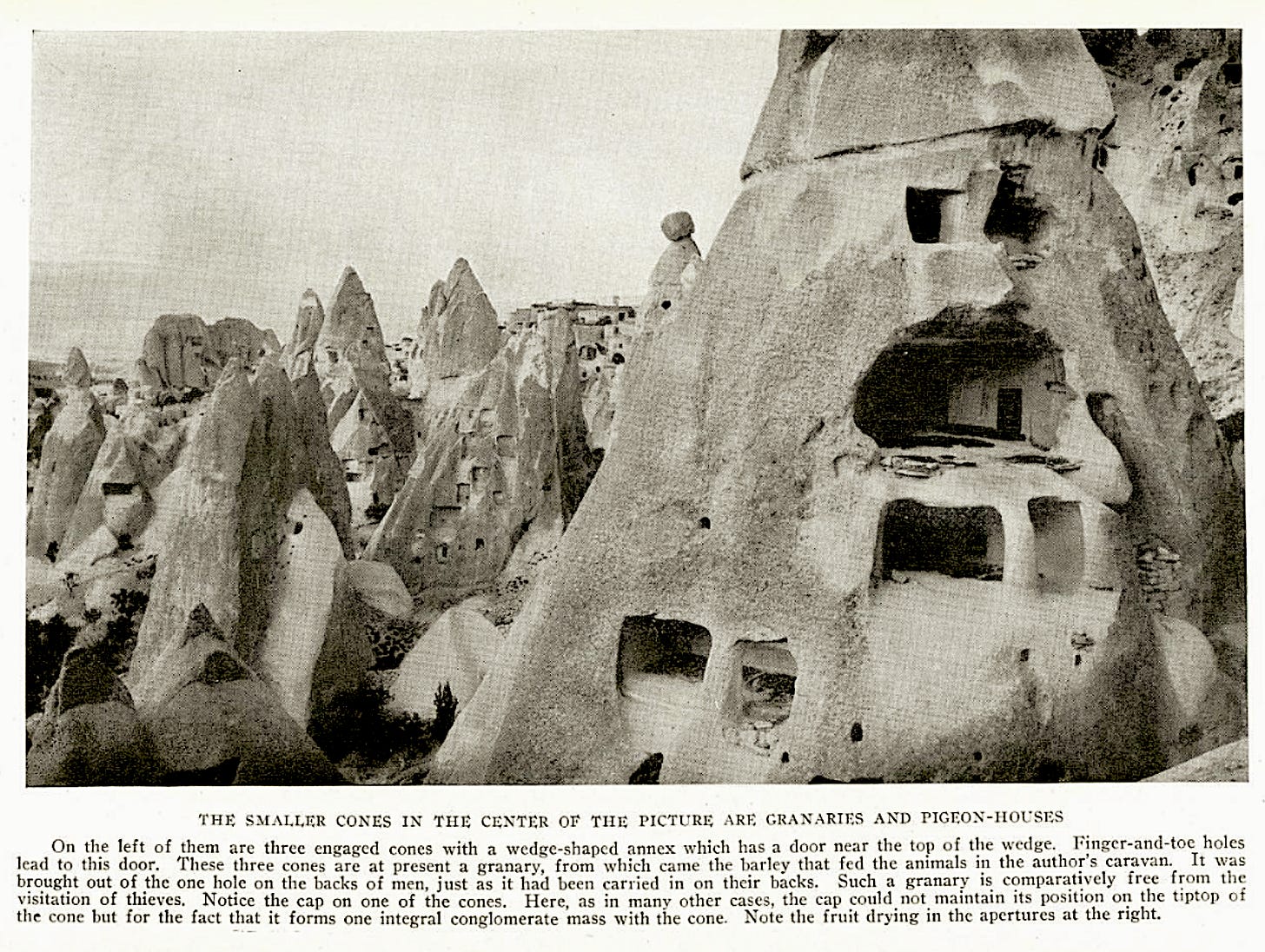
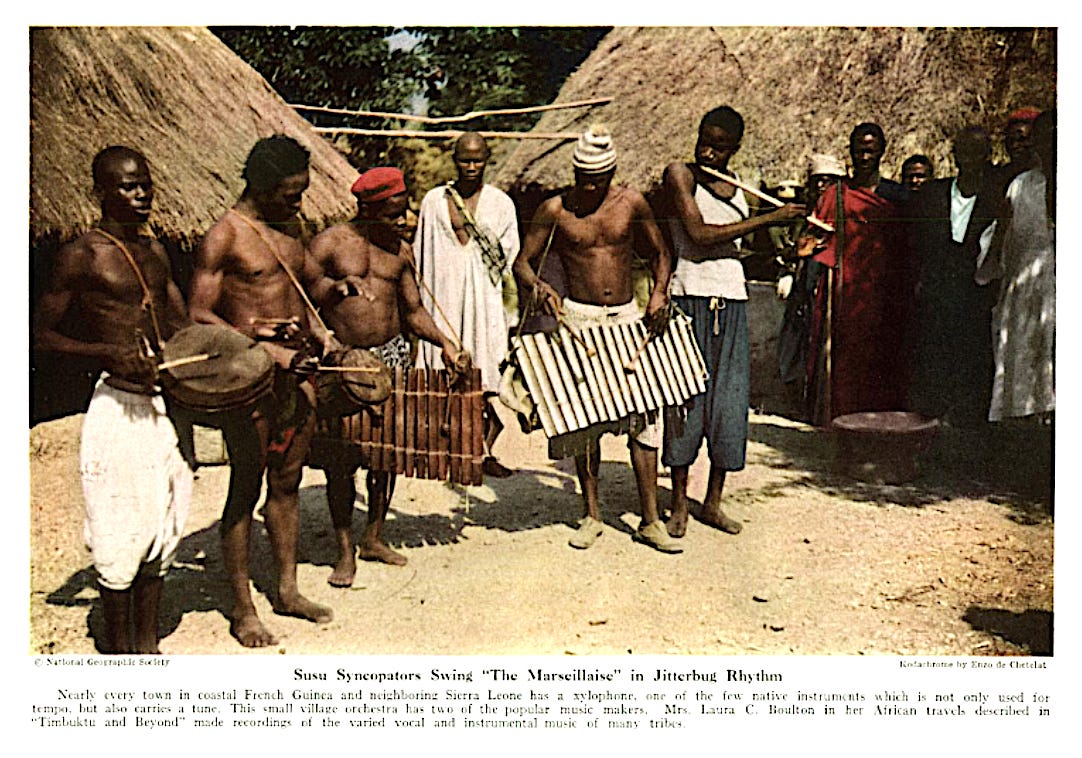
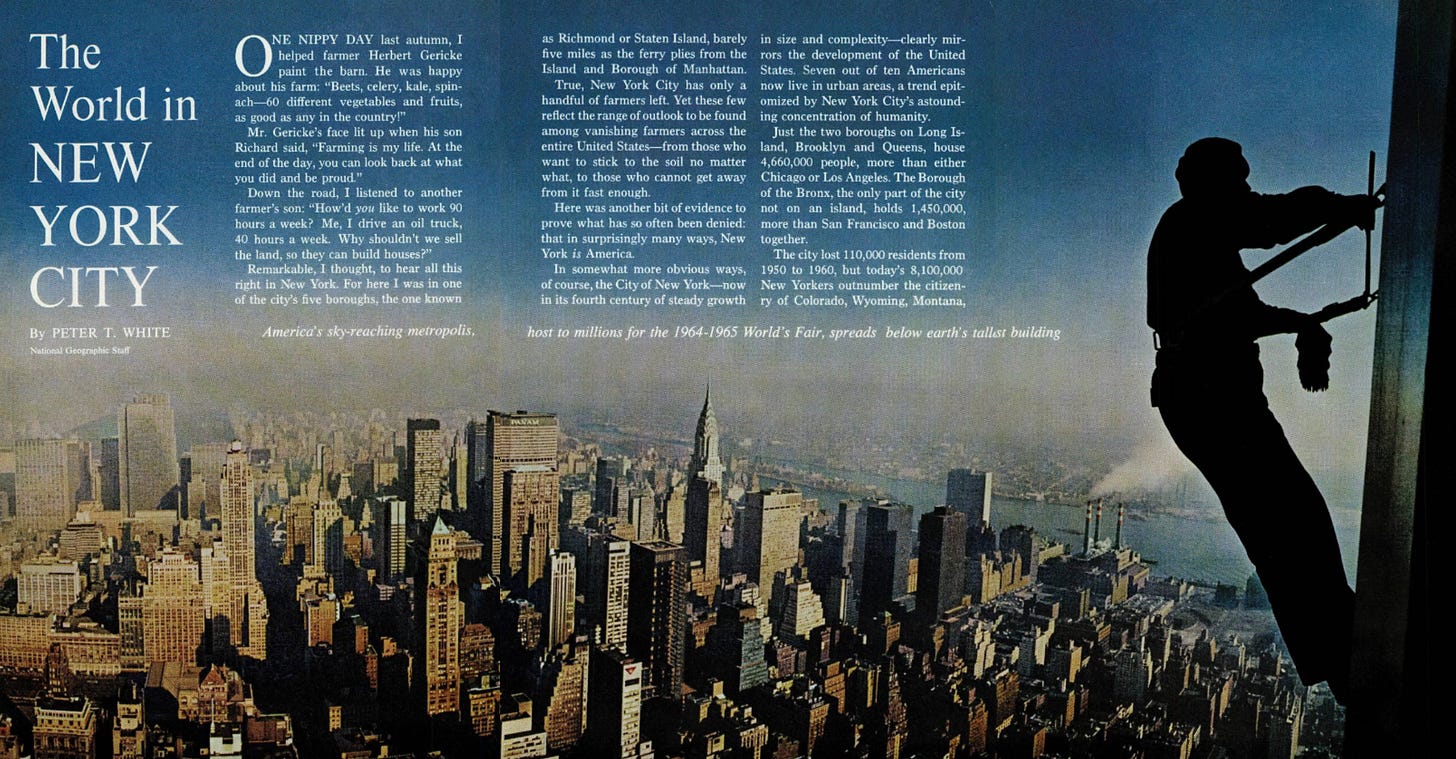
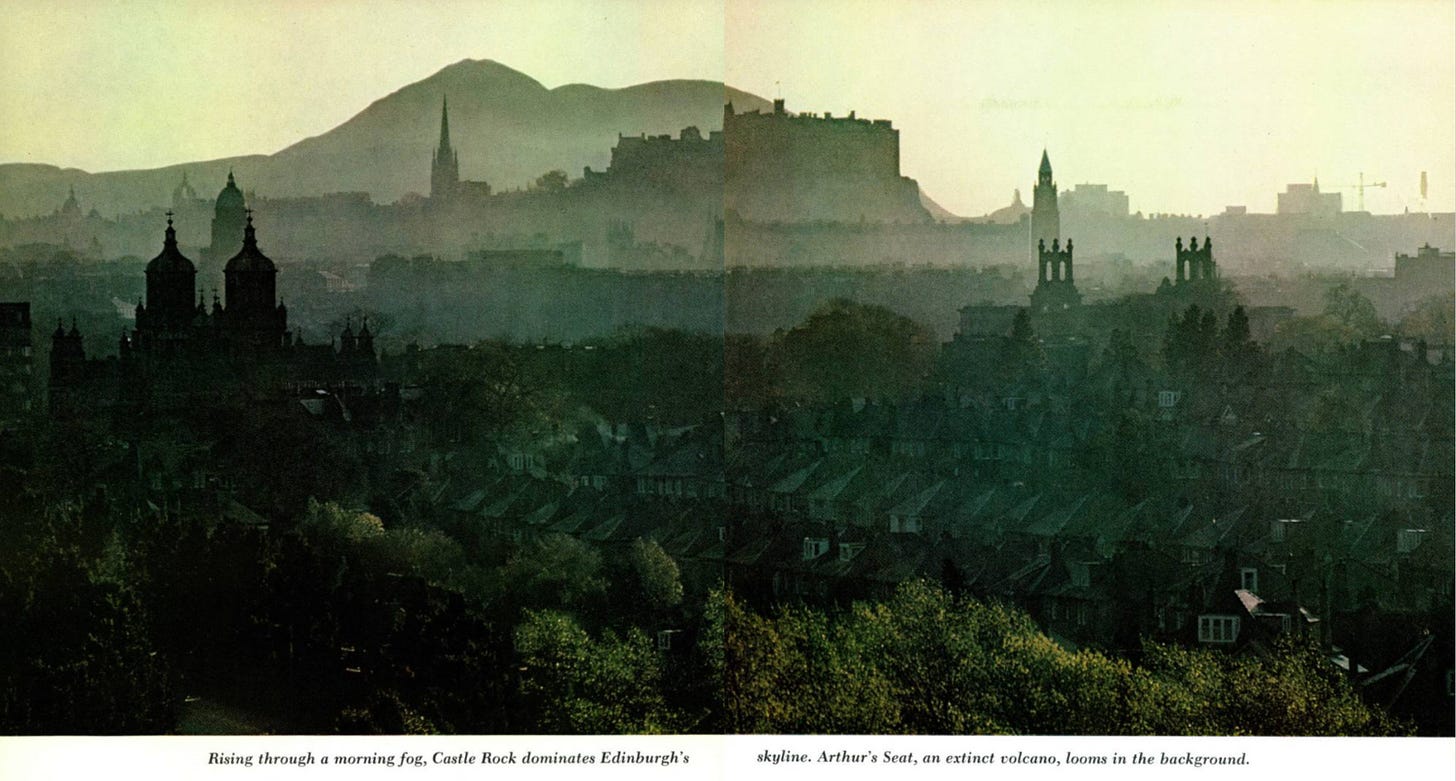
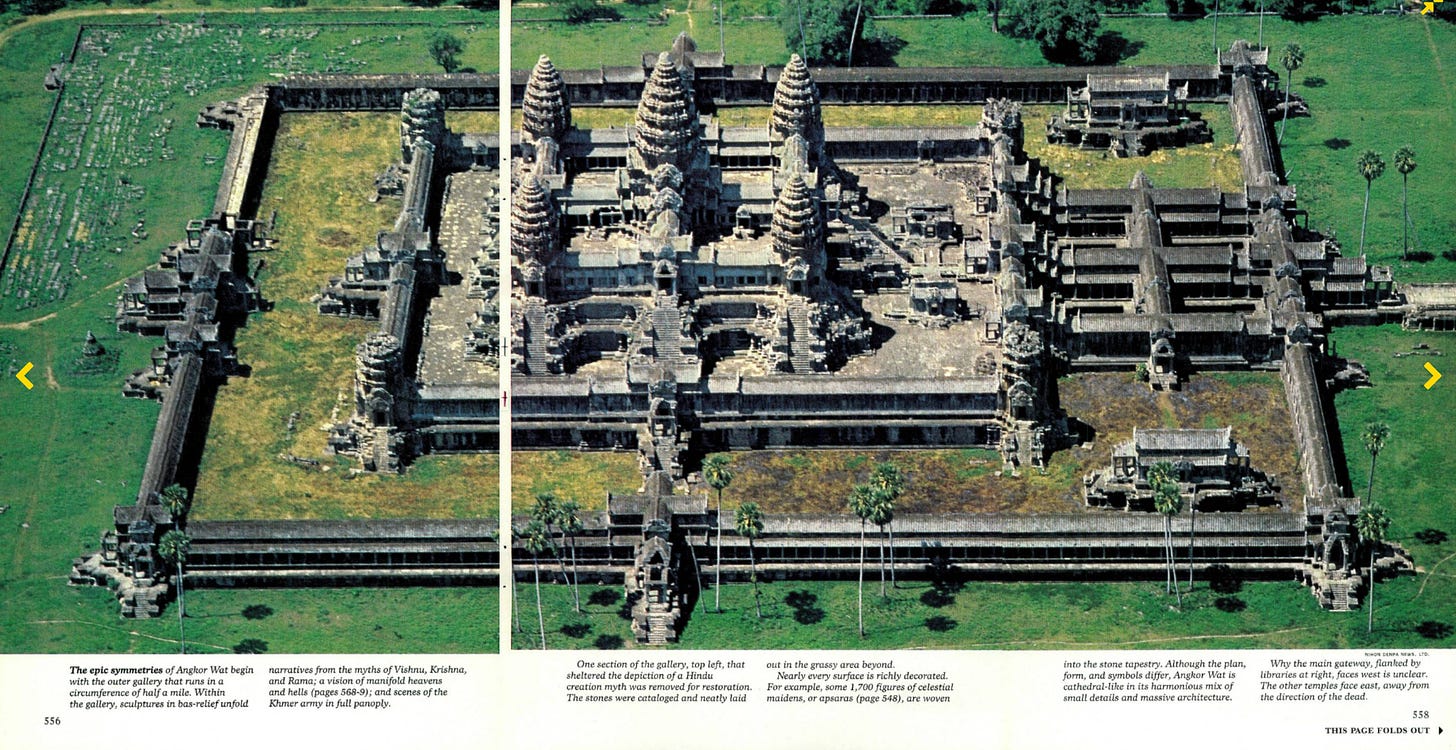


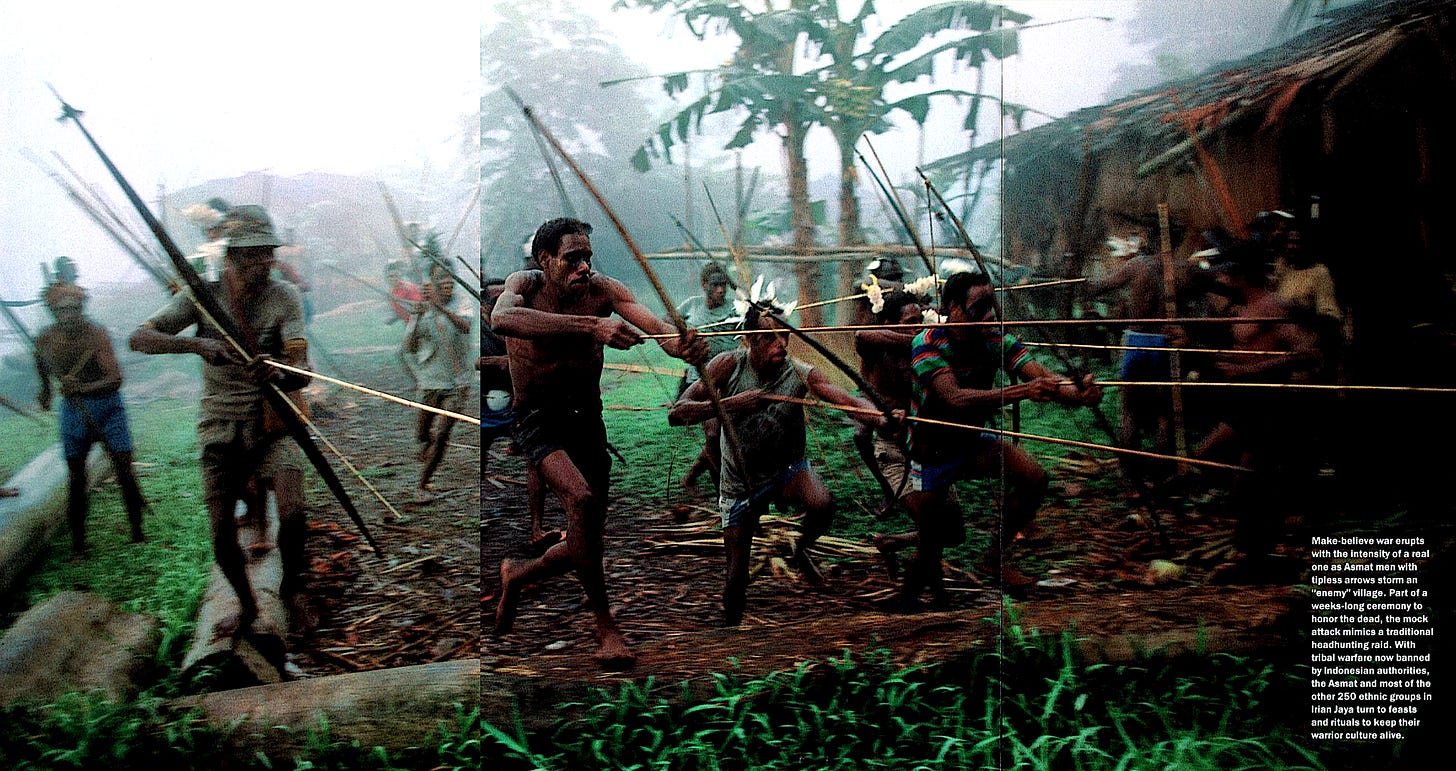


I was a huge fan from childhood until the mid-nineties. When Bill Graves retired the writing really declined in quality and IIRC the subscription price doubled. I haven't picked up an issue since.
I will admit that I often skip the "Culture Club" posts (sorry it is me, not you) but this is completely delightful. I was a fan of the Natty G back in the 70's and 80's after finding a trove of issues (not quite as awesome as your list).
It is a huge loss that they are halting publication. There is literally nothing that can take its place.